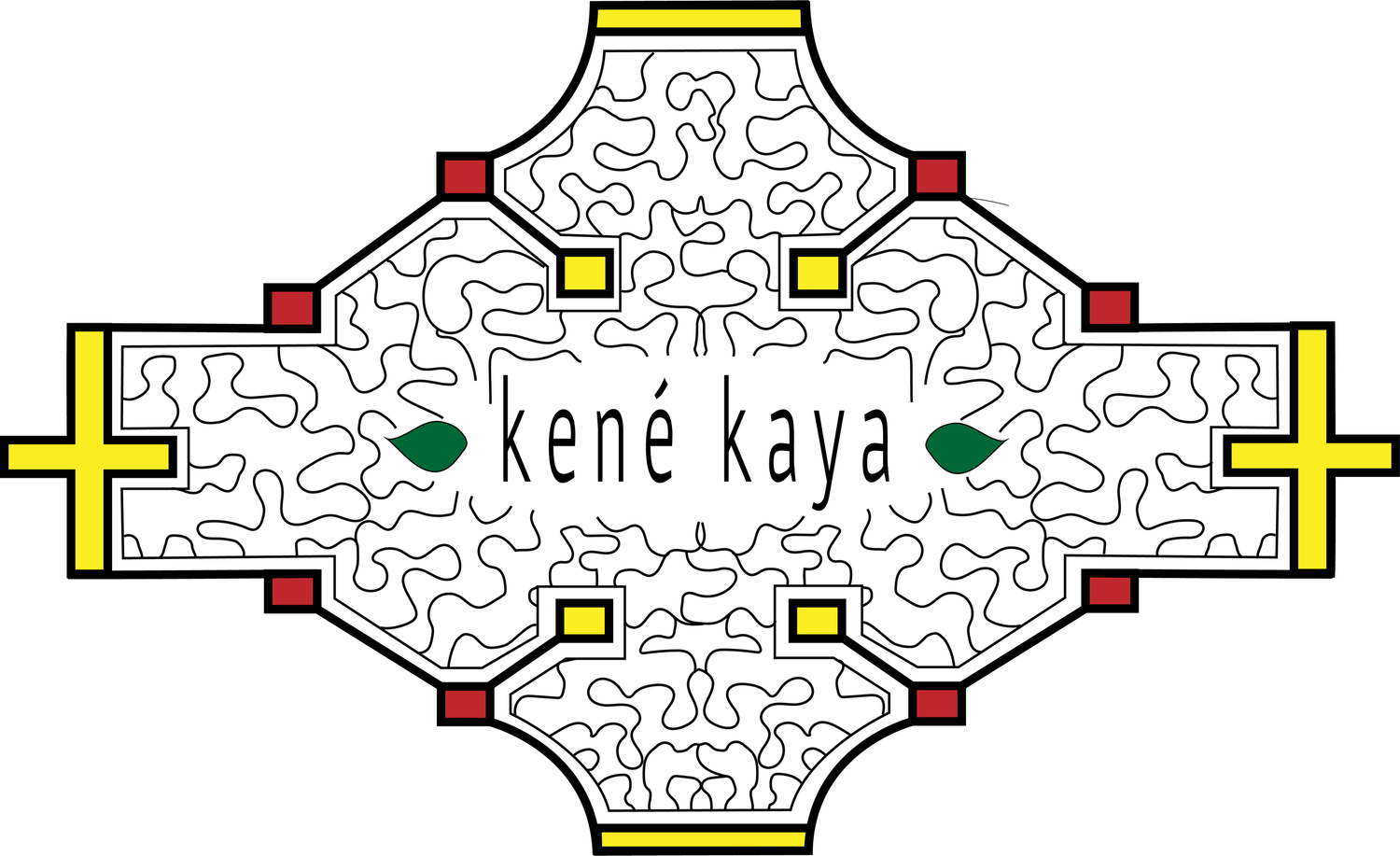The Shipibo-Konibo Migrant Community of Cantagallo
Cantagallo, wedged between a highway and the Rímac River at the foot of the Cerro San Cristobal, is a slum that was built on a landfill that has become the home and diasporic community of the Shipibo-Konibo, an Amazonian ethnic minority group from the Ucayali region of Peru. Founded in 2000 by indigenous Shipibo families who were part of a mass migration of immigrants pushed out of their communities by logging, illegal mining, and infrastructure development in the Amazon, Cantagallo has grown into a symbol of resilience and cultural center of indigenous identity and culture in Peru’s capital of Lima.
Home today to more than 320 Shipibo-Konibo families, Cantagallo has set an example of how an indigenous minority group can navigate urban life without losing its roots and cultural identity, challenging many assumptions about the rural-to-urban migration of indigenous peoples into Latin America’s cities that have struggled to preserve their heritage, customs, and native language in the midst of dislocations.
The residents of Cantagallo have maintained the essence of a native villages of their origins, where they cook and sew outdoors and open their doors to help their neighbors. Cantagallo is home to the only indigenous bilingual public school in Lima, a small elementary school founded in 2008 where the native language of Shipibo is taught. The school modeled on the bilingual schools in the Ucayali. The streets of Cantagallo are lined with art, murals of kene on wooden homes. Recently, they have opened a cultural center with hopes that visitors will come to Cantagallo and learn and purchase artisan handicrafts, the primary source of income for women in the community. Partnering with local NGOs, the community association has been able to also open its first medical post and community kitchen.
Cantagallo residents painting the new community kitchen
While they have made great advances leveraging community as a survival strategy, the Shipibo-Konibo of Cantagallo continue to face risk of eviction for private or government-backed development project as they continue to formalize their land titles from local authorities in Lima. Like many indigenous groups in informal settlements in Lima, they lack access to basic services, such as water, electricity, and medical care. This has made the battle against the spread of COVID-19 infections increasingly difficult, with over 320 families sharing two public bathrooms. According to the Pan-Amercan Health Organization, within two months of the national stage of emergency declared in Peru in March of 2019, Cantagallo became the worst hit hotspot of COVID-19, with over 72% of inhabitants testing positive for the virus. While the slum is a bastion of resilience, the community is still in great need of adequate housing and basic health services.
Painted murals in Cantagallo


